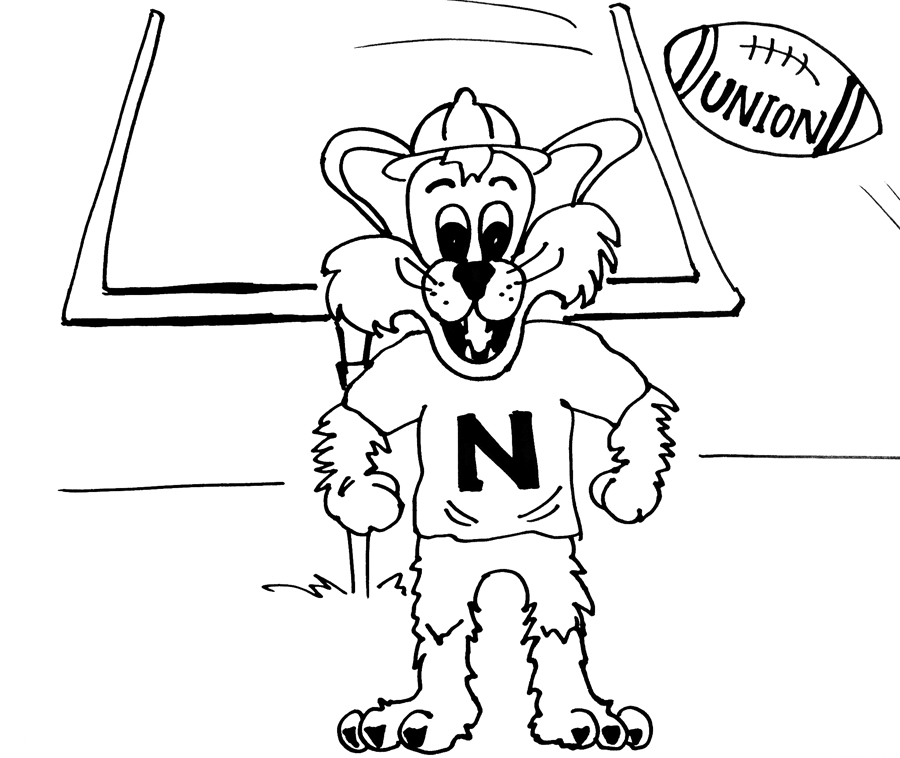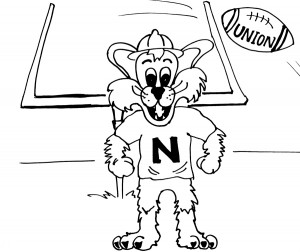Student-athletes must take caution before unionizing
As the National Collegiate Athletic Association’s March Madness draws to a close — and takes with it millions of adoring college basketball fans — the conversation surrounding student-athletes and how they are treated and perceived on college campuses is only just revving up.
A different college sport, yet one just as lucrative as men’s basketball, has revitalized the conversation surrounding the rights that student-athletes are afforded. A decision by the National Labor Relations Board this past week allowed Northwestern University football players to unionize, according to CNN. This decision has the potential to change the way colleges, students and fans interpret the term “student-athlete.”
Students who play sports in college — especially at Division I universities — where practice and game schedules are demanding and performance expectations are extremely high, the athlete distinction of “student-athlete” sometimes surpasses the student title. But if Northwestern University football players do vote to form a union among themselves, the consequences and implications that come from having a union might detract more from lives than expected and will most certainly have consequences that roll over into the general student body.
The term student-athlete has always been tied to the economic and employment distinction of the athlete. It was first crafted by the NCAA in the 1950s after the widow of a Colorado football player who had died of a head injury tried to file for workmen’s-compensation death benefits, according to The New York Times. By designating participants in college sports as student-athletes, the NCAA helped dissuade athletes from considering themselves as workers and being able to access workers’ compensation benefits. Instead, the term implied that all enrolled students who play college sports are engaged in secondary activities that enhance their education. For example, their status is essentially the same as members of the debate team or the band. Their first job is not to be an athlete, it is to be a student. Everything else is gravy.
Yet the announcement coming out of Evanston, Ill. reopens the conversation of how student-athletes are viewed. According to the NLRB, if the players do form a union, they could start demanding compensation for injuries suffered during practice or games and get the opportunity to benefit from the Workers’ Compensation Act. This could challenge the way schools operate financially toward their athletes.
Despite the benefit workers’ compensation could bring to student-athletes, the method of gaining it through a union has many downsides. Unions are large organizations that, in an ideal world, serve the best interests of everyone in them. Because of their size and strict standards, however, they often come at odds with other large institutions that have their own interests and goals. In the case of the Northwestern football players, they would be up against an established university that has had decades of practicing its message. The uphill battle to break down the way the NCAA functions at Division I colleges might prove too much for the new union to tackle.
In addition, through the union, the individual voices of the football players would become one. If a student-athlete wants more freedom to express him or herself and explore during his or her college years, like in the case with Kain Colter at Northwestern, it seems counterproductive to join an organization that focuses on conforming ideas and interests.
No one would deny that the NCAA is a lucrative business. According to 2012 statistics, the NCAA made more than $10.6 billion in total revenue from games and tournaments from the more than 420,000 NCAA student athletes. Specifically for college football, the average amount of school revenue made reached up to $15.8 million per school. Yet if current student-athletes attempt to step into this bustling business world and transform it, it has the potential of taking away from their studies and other aims.
Furthermore, the right for football players to form unions affects more than just those student-athletes. Talk of a union should not just take place among the student-athletes. In many Division I schools, a portion of all students’ tuition goes to fund the athletic department. According to a 2010 USA Today study, approximately 23 percent of in-state tuition goes to fund sports. Therefore all students should have a voice in how a union of student-athletes will be organized on campus.
The decision by the NLRB is only the tip of the iceberg when it comes to the conversation of how universities treat their student-athletes and the power student-athletes yield within these universities. But as Northwestern football players — and student-athletes in general — move forward in redefining their role and rights, it is paramount to keep in mind that their decisions have ramifications that extend beyond their locker room. By joining a union, the responsibilities of maintaining one unified and all-inclusive voice becomes more challenging. In addition, it is important not to leave out the voice of other students involved in clubs that do not have the luxury of unionizing. When entering these unchartered territories, extreme caution should be taken before any call is made.
Just like in any college sport, thousands of fans and naysayers are watching and waiting for the next play to be made.
Jordyn Holman is a sophomore majoring in print and digital journalism. Her column, “Making the Grade,” runs Wednesdays.


